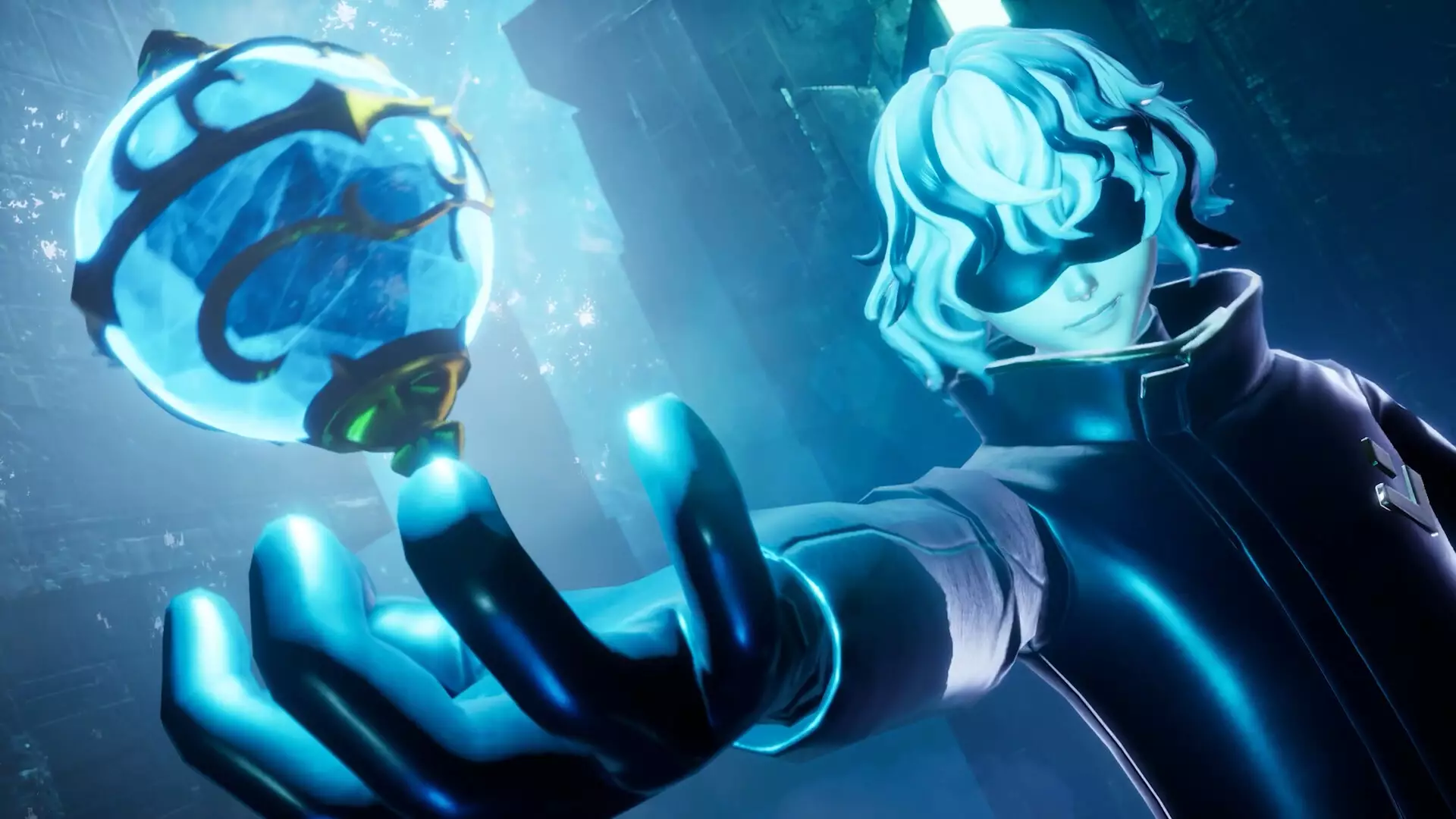In the dynamic world of gaming, the excitement from players can sometimes overshadow the considerable challenges that developers face behind the scenes. High-profile titles such as *Helldivers 2* and *Palworld* have captivated millions, creating vast communities of avid fans. However, as shared by the lead developers, the incessant demand for new content can often lead to unrealistic expectations among players. Community and publishing manager John Buckley from *Palworld* highlights this disconnect, revealing a critical inability of many fans to grasp the extensive timeline needed for the development process. This notion underlines a fundamental misunderstanding about the nature of crafting games—particularly new content—which takes meticulous effort and time.
Pacing Expectations in a Rapidly Changing Industry
The digital age has conditioned players to expect rapid content delivery, spurred on by titanic titles like *Fortnite* and *Call of Duty*. With these behemoths employing massive teams operating on considerable budgets and sprawling pipelines, it’s no wonder that casual gamers might believe that smaller teams can keep pace with such prolific output. Buckley points out this glaring misconception, noting that fans often dive into a game, relish it for a short time, and immediately seek more. The disappointment of a perceived drought in new content leads to frustration, sometimes culminating in fierce, uncalled-for criticism.
For example, Buckley discusses how the creation of a new island in *Palworld* is an extensive task that can take up to six months of painstaking work. The back-and-forth with the community can be taxing, as many players fail to understand the complex web of development that lies beneath the surface. The patience required from both developers and players could be likened to the delicate brewing of a fine wine—it doesn’t happen overnight, yet the anticipation is palpable.
Complexities Hidden Within the Craft
The challenges of game development do not stop at the demands for new content; they are further complicated by the very nature of how games are constructed. Johan Pilestedt, the creative lead on *Helldivers 2*, draws an intriguing parallel between video game development and filmmaking. The professional actor in Hollywood may quickly portray a character with just a script in hand; however, games require a far more elaborate approach. Each character, environment, and mechanic must be meticulously designed and developed from the ground up.
This intricate crafting process means that every decision made during development can trigger a domino effect of complications. A seemingly simple request from the player base might introduce unforeseen challenges that slow progress down to a crawl. Pilestedt reflects on how even small changes could have profound consequences within the gaming ecosystem, making it essential for developers to approach changes with caution.
The Battle Against Misinformation
One of the most significant hurdles for developers is combating misinformation among players. As outlined by both Buckley and Pilestedt, the narrative that developers are inactive or disengaged can pervade community discussions. The incessant chatter about game abandonment can undermine everything that teams have undertaken, totaling hours of effort and passion poured into the very games players adore. The impact of such negativity can not only affect developer morale but can also lead to misinformation spreading like wildfire, complicating community relations even further.
Despite these obstacles, the developers maintain a commitment to engaging with their community, often struggling to bridge the gap between intention and perception. There exists a desire for constructive dialogue, yet the reality is that not all fans are willing to understand the intricacies involved in content creation and game development. This friction begs the question—how can developers foster a better understanding of their processes, and communicate timelines effectively without diluting the excitement and engagement their games inherently inspire?
Navigating the Road Ahead
As we delve deeper into the complexities of game development, it becomes increasingly clear that fostering a supportive environment where realism and enthusiasm coexist is crucial for both developers and gamers. Continued education about the development process, patience from fans, and transparent communication about timelines can pave the way for better mutual understanding. Ultimately, video game development is as much an art form as it is a craft rooted in technical skill, demanding sweat, tears, and a creative process that deserves appreciation and respect.

